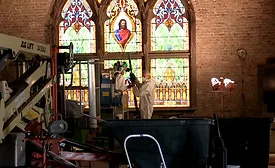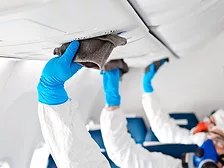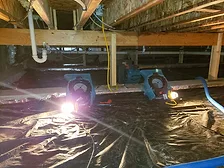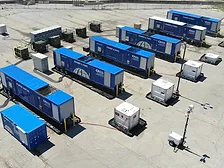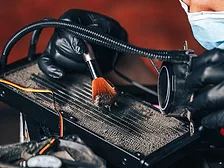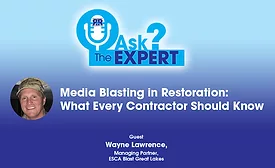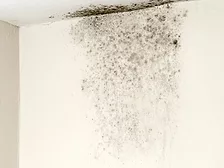Home » Publications » Restoration & Remediation Magazine
Restoration & Remediation Magazine
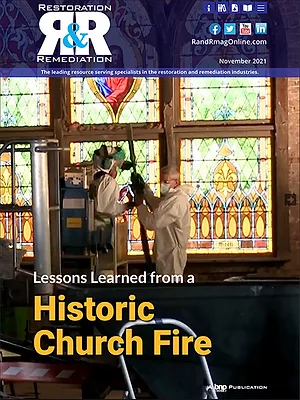
2021 November
Cover Story
Back to TopDry Ice Blasting, Asbestos Abatement, Contractor Safety and a Hidden Surprise
Read More
Features
Back to TopManaging Property Restoration Costs in Remote Locations
A Contents Restoration Case Study Involving Winter Ice and a Ferry Commute
Read More
How to Increase Restoration Project Management Communication
5 Key Elements for Simplifying a Seemingly Daunting Task
Read More
Selling Disaster Restoration Services to the Healthcare Industry
It Starts With Speaking the Language of Your Stakeholders
Read More
Contents Corner: Why the Pack-Out is Critical to Building Customer Relationships
3 Things Restorers Can Do During Every Pack-Out To Create Customer Trust
Read More
Media Blasting in Restoration: What Every Contractor Should Know
Ask the Expert
October 14, 2021
How Can You Tell if Your Mold Remediation Is Good Enough for Sensitized Occupants?
Mycotoxin Testing Can Help
Read More
Departments
Back to TopWomen in Restoration Award Nominations Open for 2022!
Plus, Introducing an All-New Award to the Restoration Industry
Read More
Stay ahead of the curve with our newsletters.
Get the latest industry updates tailored your way.
JOIN TODAY!Copyright ©2025. All Rights Reserved BNP Media.
Design, CMS, Hosting & Web Development :: ePublishing
